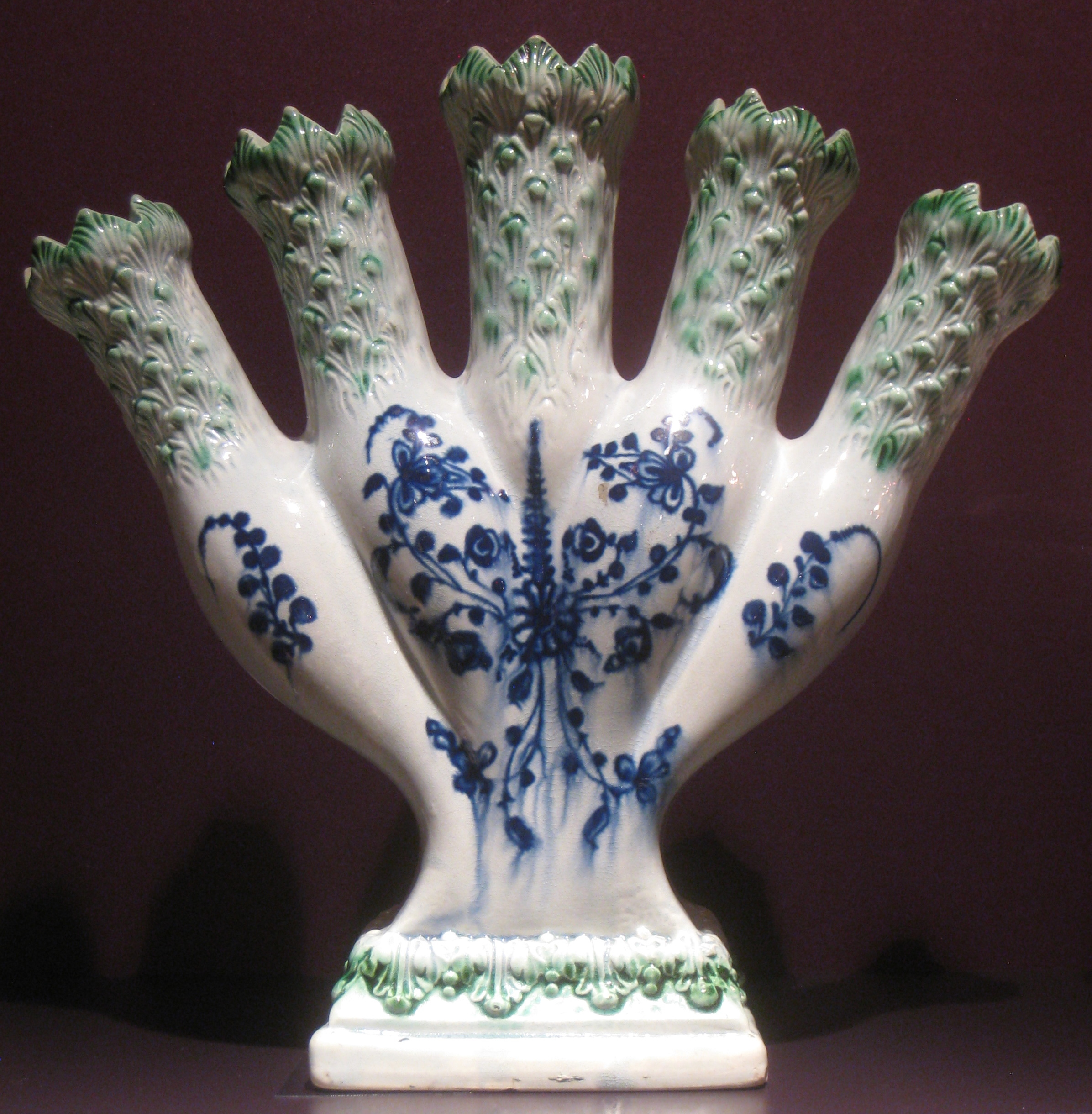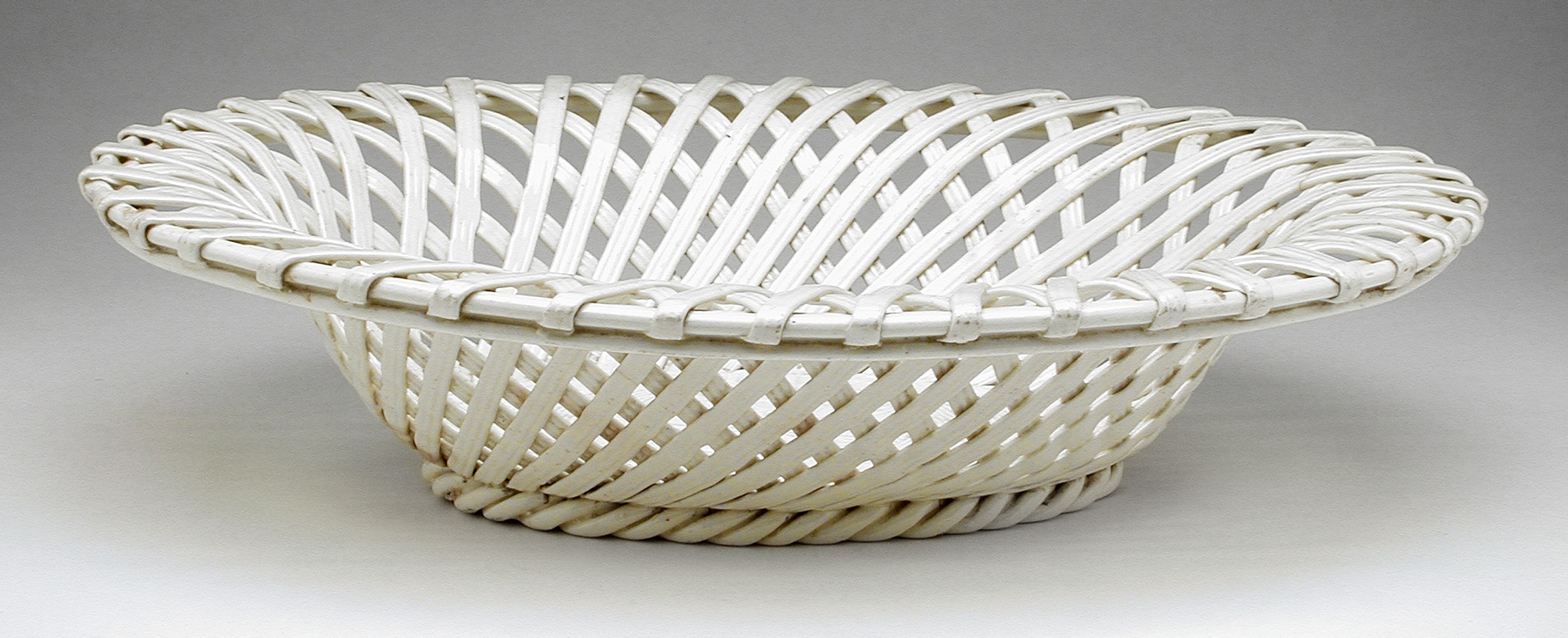Leeds Pottery on:
[Wikipedia]
[Google]
[Amazon]
 Leeds Pottery, also known as Hartley Greens & Co., is a pottery manufacturer founded around 1756 in
Leeds Pottery, also known as Hartley Greens & Co., is a pottery manufacturer founded around 1756 in 
 Although all the standard types of colour decoration were used at times (
Although all the standard types of colour decoration were used at times (
File:Plate LACMA 49.13.7.jpg, Plate with the
Hartley Greens and Leeds Pottery information
*Hughes, G Bernard, ''The Country Life Pocket Book of China'', 1965, Country Life Ltd
Denby Pottery information
* ''The Ceramic Art of Great Britain'', by Llewellynn Frederick William Jewitt, J. S. Virtue, 1883, pages 268-272. {{Authority control English pottery Ceramics manufacturers of England Culture in Leeds Manufacturing companies based in Leeds
Hunslet
Hunslet () is an inner-city area in south Leeds, West Yorkshire, England. It is southeast of the Leeds city centre, city centre and has an industrial past.
It is situated in the Hunslet and Riverside (ward), Hunslet and Riverside ward of Lee ...
, just south of Leeds
Leeds () is a city and the administrative centre of the City of Leeds district in West Yorkshire, England. It is built around the River Aire and is in the eastern foothills of the Pennines. It is also the third-largest settlement (by populati ...
, England. It is best known for its creamware
Creamware is a cream-coloured refined earthenware with a lead glaze over a pale body, known in France as '' faïence fine'', in the Netherlands as ''Engels porselein'', and in Italy as ''terraglia inglese''.Osborne, 140 It was created about 175 ...
, which is often called Leedsware; it was the "most important rival" in this highly popular ware of Wedgwood
Wedgwood is an English fine china, porcelain and luxury accessories manufacturer that was founded on 1 May 1759 by the potter and entrepreneur Josiah Wedgwood and was first incorporated in 1895 as Josiah Wedgwood and Sons Ltd. It was rapid ...
, who had invented the improved version used from the 1760s on. Many pieces include openwork
Openwork or open-work is a term in art history, architecture and related fields for any technique that produces decoration by creating holes, piercings, or gaps that go right through a solid material such as metal, wood, stone, pottery, cloth, l ...
, made either by piercing solid parts, or "basketwork", weaving thin strips of clay together. Several other types of ware were produced, mostly earthenware
Earthenware is glazed or unglazed nonvitreous pottery that has normally been fired below . Basic earthenware, often called terracotta, absorbs liquids such as water. However, earthenware can be made impervious to liquids by coating it with a ce ...
but with some stoneware
Stoneware is a rather broad term for pottery or other ceramics fired at a relatively high temperature. A modern technical definition is a Vitrification#Ceramics, vitreous or semi-vitreous ceramic made primarily from stoneware clay or non-refracto ...
.

Wares
The pottery produced catalogues of goods in 1783, 1785, 1786, 1794, and 1814; the pattern is somewhat indicative of the development of the business. There are other documents, and pattern books illustrating decoration, in theLeeds City Art Gallery
Leeds Art Gallery in Leeds, West Yorkshire, England, is a gallery, part of the Leeds Museums & Galleries group, whose collection of 20th-century British Art was designated by the British government in 1997 as a collection "of national importance ...
and the Victoria & Albert Museum
The Victoria and Albert Museum (often abbreviated as the V&A) in London is the world's largest museum of applied arts, decorative arts and design, housing a permanent collection of over 2.27 million objects. It was founded in 1852 and nam ...
in London.
By 1790 the company employed 150 people. Leeds wares were lighter than those of most of their competitors, which gave them an advantage in European markets where import tariffs were based on weight. But this trade was greatly disrupted by the Napoleonic Wars
The Napoleonic Wars (1803–1815) were a series of major global conflicts pitting the French Empire and its allies, led by Napoleon I, against a fluctuating array of European states formed into various coalitions. It produced a period of Fren ...
. The final 1814 catalogue had over 200 general items and 48 patterns of tea, coffee, and chocolate services in a wide variety of plain, ornamented, perforated, and basketwork styles; this same catalogue continued with minor variations until a much later period. At this time, annual sales were about £30,000 per year.
 Although all the standard types of colour decoration were used at times (
Although all the standard types of colour decoration were used at times (underglaze
Underglaze is a method of decorating pottery in which painted decoration is applied to the surface before it is covered with a transparent ceramic glaze and fired in a kiln. Because the glaze subsequently covers it, such decoration is completely ...
painting, overglaze enamels
Overglaze decoration, overglaze enamelling or on-glaze decoration is a method of decorating pottery, most often porcelain, where the coloured decoration is applied on top of the already fired and glazed surface, and then fixed in a second firing ...
and transfer printing
Transfer printing is a method of decorating pottery or other materials using an engraved copper or steel plate from which a monochrome print on paper is taken which is then transferred by pressing onto the ceramic piece. Fleming, John & Hugh H ...
), a high proportion of the earlier wares were not decorated. Other decorative techniques used include "engine-turning", where the body is covered with coloured slip, which is then selectively removed to create a pattern, and (in the early 19th century) "resist
A resist, used in many areas of manufacturing and art, is something that is added to parts of an object to create a pattern by protecting these parts from being affected by a subsequent stage in the process. Often the resist is then removed.
For ...
lustre" where parts of the piece are covered before a lustreware
Lustreware or lusterware (respectively the spellings for British English and American English) is a type of pottery or porcelain with a Metal, metallic glaze that gives the effect of iridescence. It is produced by metallic Oxide, oxides in an Cer ...
glaze is applied. Some black "basalt" stonewares were produced, mostly teawares and after 1790. Many were "engine-turned", with geometric decoration cut on a wheel. Some figures, rather in the style of Staffordshire figure
Staffordshire figures are a type of popular pottery figurine made in England from the 18th century onward. Most Staffordshire figures made from 1740 to 1900 were produced by small potteries and makers' marks are generally absent. Most Victorian f ...
s by Ralph Wood
The Wood family was an English family of Staffordshire potters. Among its members were Ralph Wood I (1715–1772), the "miller of Burslem," his son Ralph Wood II (1748–1795), and his grandson Ralph Wood III (1774–1801). Ralph I was the brot ...
and others, were made, sold plain or enamelled.
Marks
An impressed mark of "Leeds Pottery" (or "Leeds * Pottery") was introduced around 1775, to which "Hartley Greens & Co" was added from 1800. The earlier wares were unmarked, and attribution of pieces to Leeds is sometimes uncertain (with Liverpool and Swansea being the most likely alternatives). The 18th-century marks are often copied in later "reproductions" or fakes.Business history
Leeds Pottery has had a long and complex business history. It was created in Hunslet by John Green and Joshua Green, unrelated, around 1756, joined by Richard Humble in 1775 to become Humble, Green, and Co. Circa 1783 a businessman named William Hartley joined the firm, and the firm was renamed Hartley Greens & Co. The company's flint mill at Thorpe Arch was in 1814 replaced by a converted windmill on their Leeds premises. In the early 19th century, however, the company went into a prolonged decline and from 1821 was sold repeatedly, becoming in turn Wainwright & Co., Stephen & James Chappell, Warburton & Britton, and finally Richard Britton & Sons, until it finally closed in 1881. Its buildings were then demolished. However, in 1888 production was restarted by James Wraith Senior, who used the old designs and marked his products Leeds Pottery. This business wound down in 1957. Leeds City Council restarted the brand in 1983, making reproduction pieces, but soon had to sell the business. Production was moved toStoke-on-Trent
Stoke-on-Trent (often abbreviated to Stoke) is a city and Unitary authorities of England, unitary authority area in Staffordshire, England, with an area of . In 2019, the city had an estimated population of 256,375. It is the largest settlement ...
, and in 1992 after acquisition by John Croft it was renamed Hartley Greens & Co. In 2011 it was acquired by Denby Pottery
Denby Pottery Company Ltd is a British manufacturer of pottery, named after the village of Denby in Derbyshire where it is based. It primarily sells hand-crafted stoneware tableware, kitchenware and serveware products including dinner sets, mugs ...
, and production moved to Middleport pottery, north of Stoke-on-Trent.
Dutch Maiden
The Dutch Maiden (Dutch: ''Nederlandse Maagd'') is a national personification of the Netherlands. She is typically depicted wearing a Roman garment and with a lion, the Leo Belgicus, by her side. In addition to the symbol of a national maiden, t ...
in overglaze enamels, c. 1770; hand-painted wares such as this are relatively uncommon.
File:Charger, Leeds Factory, c. 1775, earthenware - Chazen Museum of Art - DSC02209.JPG, Charger with Elizabeth I of England
Elizabeth I (7 September 153324 March 1603) was List of English monarchs, Queen of England and List of Irish monarchs, Ireland from 17 November 1558 until her death in 1603. Elizabeth was the last of the five House of Tudor monarchs and is ...
, c. 1775, earthenware. The plate shape is the same as the previous image.
File:DAR pot - IMG 8593.JPG, 1770s sauceboat, attributed to Leeds; the twisted handle is characteristic.
File:Plate (AM 1935.353-2).jpg, Creamware
Creamware is a cream-coloured refined earthenware with a lead glaze over a pale body, known in France as '' faïence fine'', in the Netherlands as ''Engels porselein'', and in Italy as ''terraglia inglese''.Osborne, 140 It was created about 175 ...
plate with pierced openwork, c. 1780
File:Harvester and woman companion MET DP-1372-037 (cropped).jpg, Harvester and companion, c. 1790, 7.5 inches high
File:Creamware cocklepot, Harris Museum.JPG, Creamware cocklepot, c. 1790
File:Pair of Plates LACMA AC1997.112.43-.44 (1 of 2).jpg, Plate with pierced openwork, 18th century
File:Chestnut basket on dish, attributed to Leeds Pottery, Yorkshire, England, 1780-1800, creamware, HD 2006.33.6 - Flynt Center of Early New England Life - Deerfield, Massachusetts - DSC04748.jpg, Chestnut basket on dish, attributed to Leeds Pottery, 1780-1800, creamware. Hot roast chestnuts needed to be able to "breathe".Hughes, 261
File:Jug (AM 10767-2) (cropped).jpg, Admiral Nelson jug, probably 1790s, in Prattware
Creamware is a cream-coloured refined earthenware with a lead glaze over a pale body, known in France as '' faïence fine'', in the Netherlands as ''Engels porselein'', and in Italy as ''terraglia inglese''.Osborne, 140 It was created about 175 ...
, cheap lead-glazed earthenware
File:Pitcher LACMA M.73.28.7.jpg, Resist lustreware
Lustreware or lusterware (respectively the spellings for British English and American English) is a type of pottery or porcelain with a Metal, metallic glaze that gives the effect of iridescence. It is produced by metallic Oxide, oxides in an Cer ...
jug, c. 1810
Notes
References
*Godden, Geoffrey, ''An Illustrated Encyclopaedia of British Pottery and Porcelain'', 1992, Magna Books, *"Hartley Greens"Hartley Greens and Leeds Pottery information
*Hughes, G Bernard, ''The Country Life Pocket Book of China'', 1965, Country Life Ltd
Denby Pottery information
* ''The Ceramic Art of Great Britain'', by Llewellynn Frederick William Jewitt, J. S. Virtue, 1883, pages 268-272. {{Authority control English pottery Ceramics manufacturers of England Culture in Leeds Manufacturing companies based in Leeds